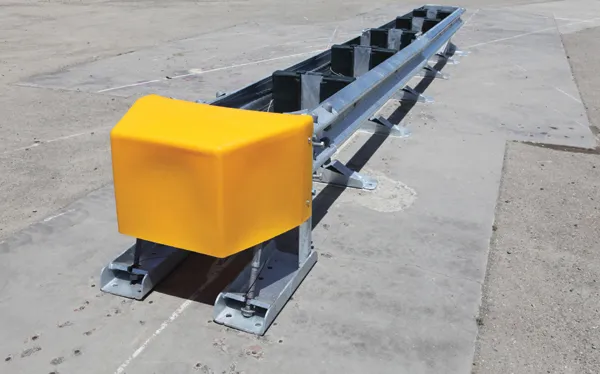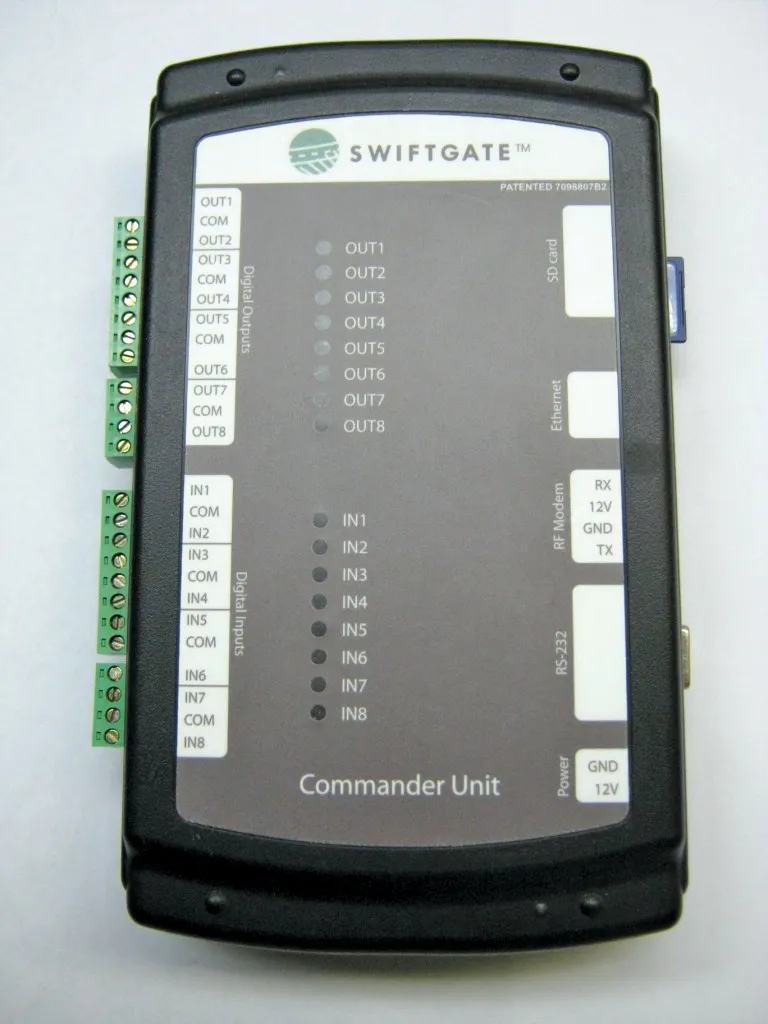Safety barriers provide an invaluable service for all road users, Mike Woof reports The safety barrier market is a key one for the highway sector, with systems providing valuable protection for all categories of road users. The importance of passive protective devices such as safety barriers can often be overlooked by the road user but is well-understood by highway designers. Redirecting an errant vehicle back into the roadway and preventing it from crossing into traffic flowing in the other direction or fr
February 14, 2012
Read time: 7 mins

Safety barriers provide an invaluable service for all road users, Mike Woof reports
The safety barrier market is a key one for the highway sector, with systems providing valuable protection for all categories of road users. The importance of passive protective devices such as safety barriers can often be overlooked by the road user but is well-understood by highway designers. Redirecting an errant vehicle back into the roadway and preventing it from crossing into traffic flowing in the other direction or from hitting roadside obstacles is vital to road safety. In the same way, reducing impact forces for the vehicle occupants presents a complex engineering challenge for barrier designers. This field benefits from the fast moving development of new products as well as strong competition between manufacturers and suppliers of systems. There is also a strong rivalry between sectors of the business that offer concrete and steel safety solutions.In North America and Europe at least, the large volumes of heavy trucks used for transport have helped sway opinion amongst many highway authorities for the use of concrete barriers for centreline installations. A significant percentage of highways in Europe and North America now feature concrete barriers for preventing cross-over accidents, with a number of developing countries also using this approach.
Concrete barriers can be long-lived when used in central reservations on highways with high traffic densities and can offer a good return on investment in the right application. The New Jersey concrete barrier form has become ubiquitous across the world, with many variations on the basic design to suit local regulations of traffic requirements. Both slipformed and pre-cast technologies are used to make New Jersey type concrete barriers on highways in North America and Europe, as well as in Africa, Asia, Australia and Latin America.
However steel barriers are also widely used and offer safety benefits, with the mechanical properties of steel providing shock-absorbing properties and helping delivering a cushion effect for impact forces. The pace of technical development is fast and new steel barrier products are coming to market that are said to offer a range of advantages over earlier systems.
New from
California-based Barrier Systems is a division of
Barrier Systems also has a new website, which has been set up to allow customers such as contractors and utilities firms to source products directly. The first product available through the website was the proven Raptor Pole Protection device, which is designed for shielding roadside obstacles such as light poles and trees. The ordering method is said to be simple as a customer can fill out the number of systems required online. Barrier Systems then takes payment details from the customer and this allows the firm to schedule shipment of the requested products. The firm plans to expand the range of products available through this website: www.barriersales.com during 2011 and also intends to launch new product designs for the barrier sector during this year. As new products come to market the firm intends to make them available online also, although some products will not be available in Australia or New Zealand. In addition, the company says that orders placed outside of the US may be handled by a different subsidiary of the Lindsay Group (such as Snoline) or an approved distributor for the Barrier Systems range.
The new BarrierGuard wheeled system from Highway Care is said to offer high performance as well as versatility. This system features wheels that can be lowered to allow lateral or longitudinal movement of the barrier. The system offers mobility and versatility as it can be wheeled along the carriageway to a new location, without the need for lifting equipment. When running on its wheels, the system is light enough to be moved by site personnel while it can also be towed by a vehicle. Once the barrier is moved to its new location, the wheels can be raised, lowering the unit on to the road surface. The system components form part of the BarrierGuard 800 system, which meets the European N2 W5 and H2 W8 requirements. Because of its fast deployment, the system is suited to use in limited access areas such as tunnels or underpasses as well as for temporary road works.
In the UK, the supplier
Contractor Newton & Frost Fencing specified the Vetex system as part of the A40 Penblewin to Slebech Park road improvement programme. Commissioned by the Welsh Assembly government, the scheme features a 10km bypass that diverts traffic around the village of Robeston Wathen, which had a high accident rate and this is intended to boost safety for all road users. The Vetex system is also being used to boost safety on a busy stretch of the A1 at Barnet in North London, where 1.8km of existing highway barrier has been replaced. This change was needed as the ground conditions dictated a switch to a surface mounted system, so as to boost safety. As the Vetex design requires fewer system components, the space between each post can be increased, which suits it to use in any ground conditions according to Tata.
The contractor for this job,
Tata Steel Construction Products intends to boost its share of the market with the launch of a new team that focuses on the highways sector. Called Tata Steel Highways, this division brings together the firm's range of road containment solutions, which were previously available from a number of Tata Steel operations. These products include the Vetex and Protect 365 barrier solutions and the move follows on from the recent rebranding of all Corus subsidiaries to the Tata Steel Group. In addition, the Tata Steel Group says it will be launching further new barrier products over the coming months, which will benefit from the same advanced computer simulation modelling systems used to develop the innovative Protect 365 and the Vetex safety barrier systems.









